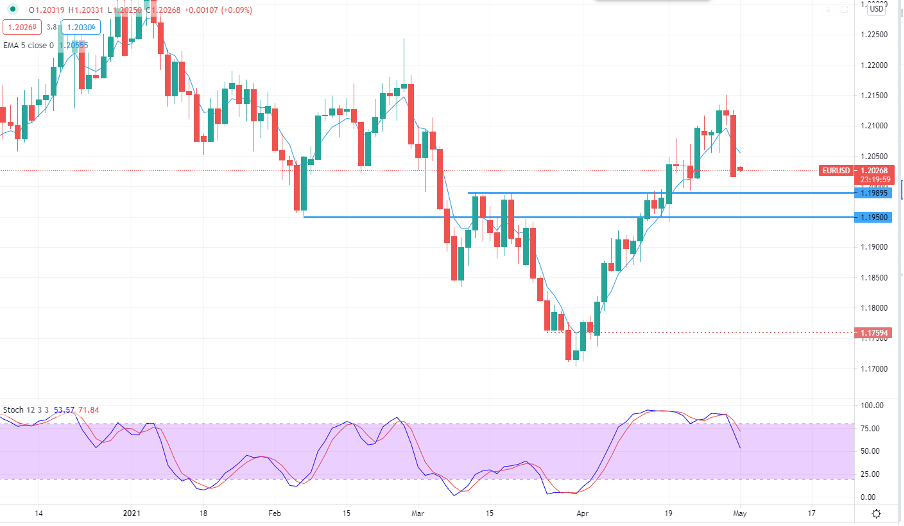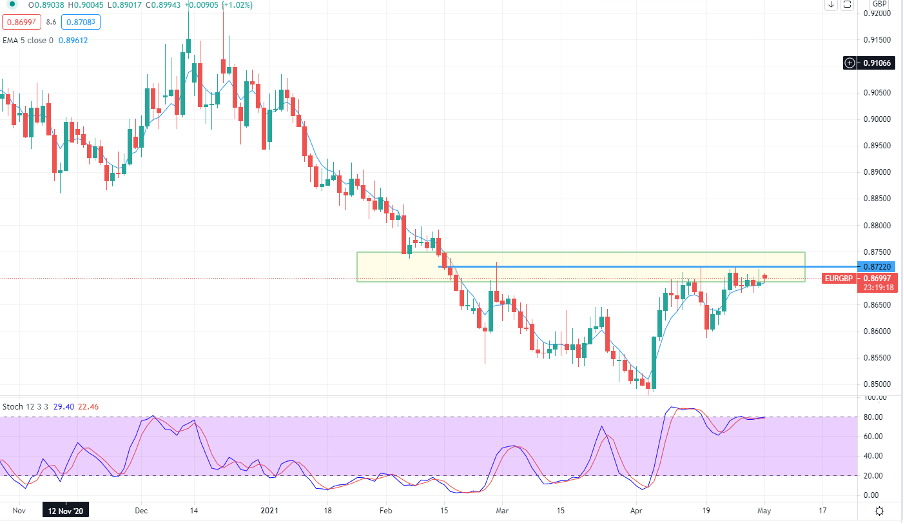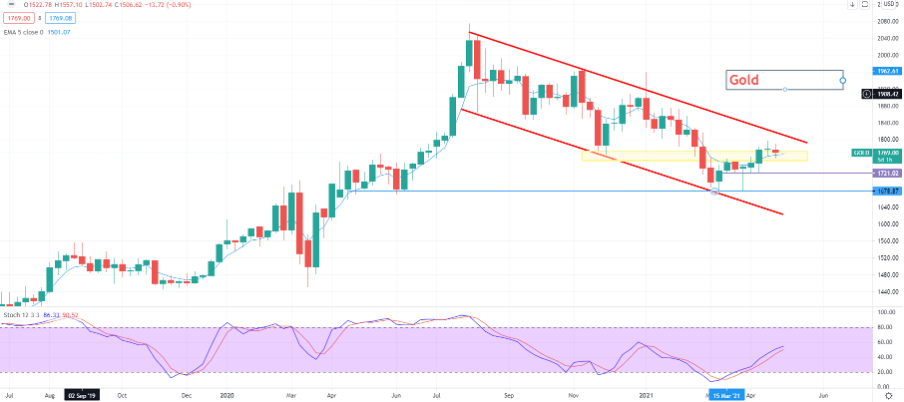- English (UK)
Analysis
Whether they can communicate it perfectly and what will be the impact on capital markets. I’ve argued that the combination of major central banks pulling back on QE, amid headwinds from a rebuild in the US Treasury General Account will lead to higher volatility in markets.
Amid this backdrop, we continue to debate whether inflation will indeed prove to be as transitory as the Fed and others believe – that isn’t a question we’ll learn anytime soon though, even if the markets think 18 months ahead.
10 questions likely to impact the psyche of traders this week:
- Will the USD strength seen on Friday continue or was it just month-end shenanigans? The move seemed odd considering USD selling expected from investment banks into month-end. Watch price action in EURUSD into 1.1988, should it get there.
- With many of the big US corporates having now reported and much goodwill discounted, will Friday’s selling in US equity indices spill over into the new week, led by small caps? A VIX index above 20% will suggest greater hedging and de-risking from funds.
- US payrolls (Friday 22:03 AEST) is the key event risk of the week, with the market consensus set at 950k jobs created and the unemployment rate expected to fall to 5.8%. The broader U6 rate (currently 10.7%) will be closely watched too. The risk is for a hotter number, but will good numbers lead to a broad risk-off vibe, as traders’ price in higher rate expectations and the USD rallies? Or will good numbers lead to a positivity, based on a strong economy? I suspect we’re getting to a point where really good data could start to become bad for markets.
- EURGBP printed a bullish outside month and is testing the ceiling at 0.8720 – a break of 0.8720 would be noted. On the risk side, we get spluttering’s on EU data and ECB speakers, but the risk is on the GBP side. The BoE meeting takes place on the same day as the Scottish elections (Thursday), where the market is focused on whether the SNP can obtain a majority (65 seats needed), accelerating the prospect of a second independence referendum. Or will they need to form a referendum friendly coalition, perhaps with the Greens?
- Will the BoE (meeting at 21:00 AEST / 11:00 GMT) join the likes of the BoC and Riksbank in cutting the pace of bond purchases? The BoE has been buyers of gilts (UK bonds) at a weekly £4.4b clip - the GBP reaction likely coming from a change or lack of change here. Key support in GBPUSD comes in at 1.3700 and that may be tested if equity markets fall and the BoE cut the pace of purchases to sub-£4b.
- The RBA meeting (Tuesday 14:30 AEST) precedes Deputy gov Debelle’s speech (Thursday) and Friday’s RBA Statement on Monetary Policy (11:30 AEST). The poor Q1 CPI print will keep a lid on the RBA being too daring and ultimately see them re-iterate guidance that cash rate won’t move until ‘2024 at the earliest’. That said, there's enough reasons for the bank to turn more positive and AUD may feed off that sentiment, even if the Aussie interest rates market are pricing in 15bp of hikes by mid-22.
- AUDUSD currently holding the series of lows through mid-April.
- Staying in Australia and the question of whether the ASX200 can break the all-time high of 7197 is one we field regularly. The S&P 500 will always guide, but 1H earnings from Westpac (today), ANZ (Wednesday) and NAB (Thursday) means financials will be centre stage this week. Clients can trade the AUS200 to express the reaction to earnings, or trade the individual banks on MT5. Watch for a normalise of bad debts and some improvement in margins, while expenses and volumes will be closely watched.
- USDCAD has been slammed from 1.2600 to 1.2266 in the last 8 trading sessions and sits at the lowest levels since Feb 2018. Grossly oversold, there's risk for mean reversion but this will require a pullback in crude and US data to beat expectations – the US ISM manufacturing is a USD catalyst (Tuesday 00:00 AEST) and is expected to increase to 65 (from 64.7), with another increased reading in the price paid sub-component eyed. On the CAD side, we also see manufacturing data as well as the April employment report (22:30 AEST) on Friday.
- Can anything shake some life into the gold price? The weekly chart continues to show price working in a bearish channel but there's no real impetus to push price around – could that change this week? As always, watch the USD and the US bond market, but should we see 1756 give way (likely on the back of better US data), then 1720 comes into play ahead of 1677 – the bulls will want an upside break of 1797.
- Bonus question. Will crypto and Tesla rally into Elon Musk’s upcoming performance on SNL? Surely, he’s got to give Bitcoin (and Doge) a pump. My preference has been Ethereum and I question if it can test 3000 – if price holds the 5-Day EMA (on a closing basis) this trend is strong.
Charts to keep an eye on
EURUSD

(Source: Tradingview)
EURGBP

(Source: Tradingview)
Gold weekly

(Source: Tradingview)
Related articles
Ready to trade?
It's quick and easy to get started. Apply in minutes with our online application process.
The material provided here has not been prepared in accordance with legal requirements designed to promote the independence of investment research and as such is considered to be a marketing communication. Whilst it is not subject to any prohibition on dealing ahead of the dissemination of investment research we will not seek to take any advantage before providing it to our clients.
Pepperstone doesn’t represent that the material provided here is accurate, current or complete, and therefore shouldn’t be relied upon as such. The information, whether from a third party or not, isn’t to be considered as a recommendation; or an offer to buy or sell; or the solicitation of an offer to buy or sell any security, financial product or instrument; or to participate in any particular trading strategy. It does not take into account readers’ financial situation or investment objectives. We advise any readers of this content to seek their own advice. Without the approval of Pepperstone, reproduction or redistribution of this information isn’t permitted.


